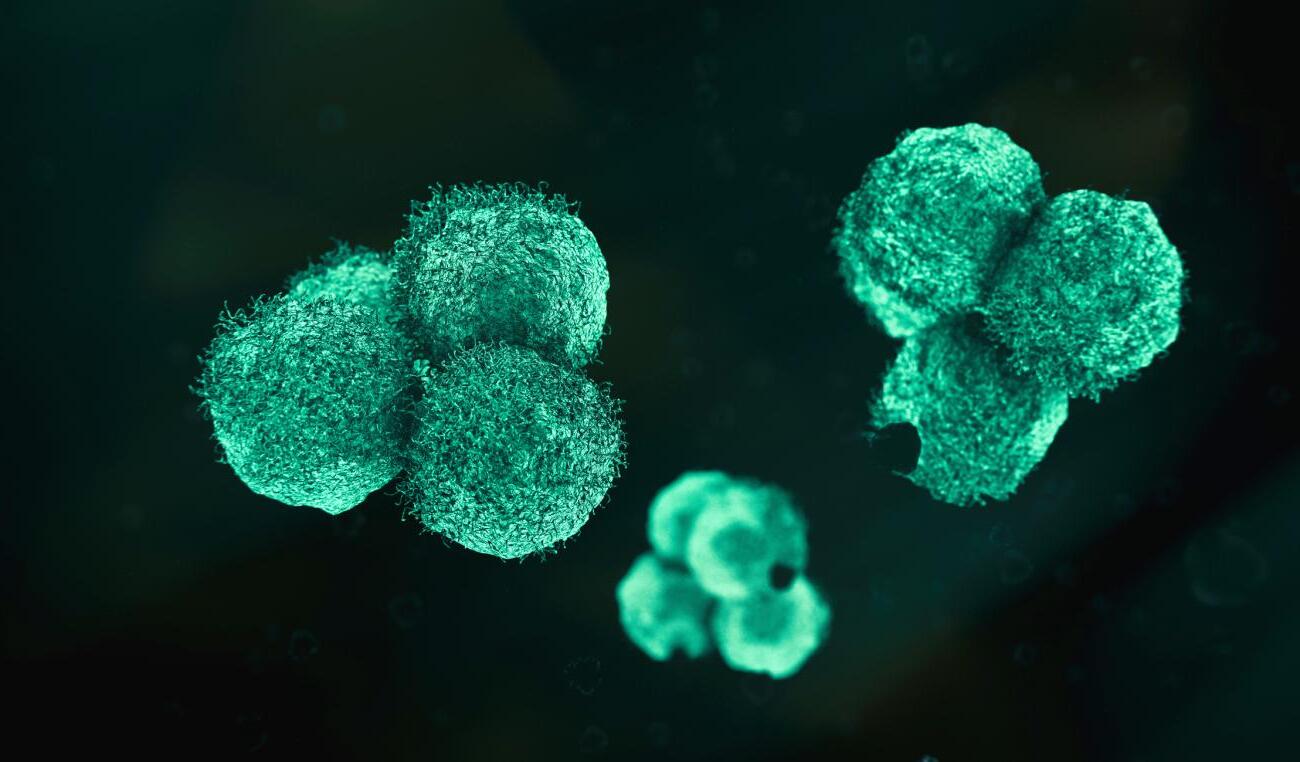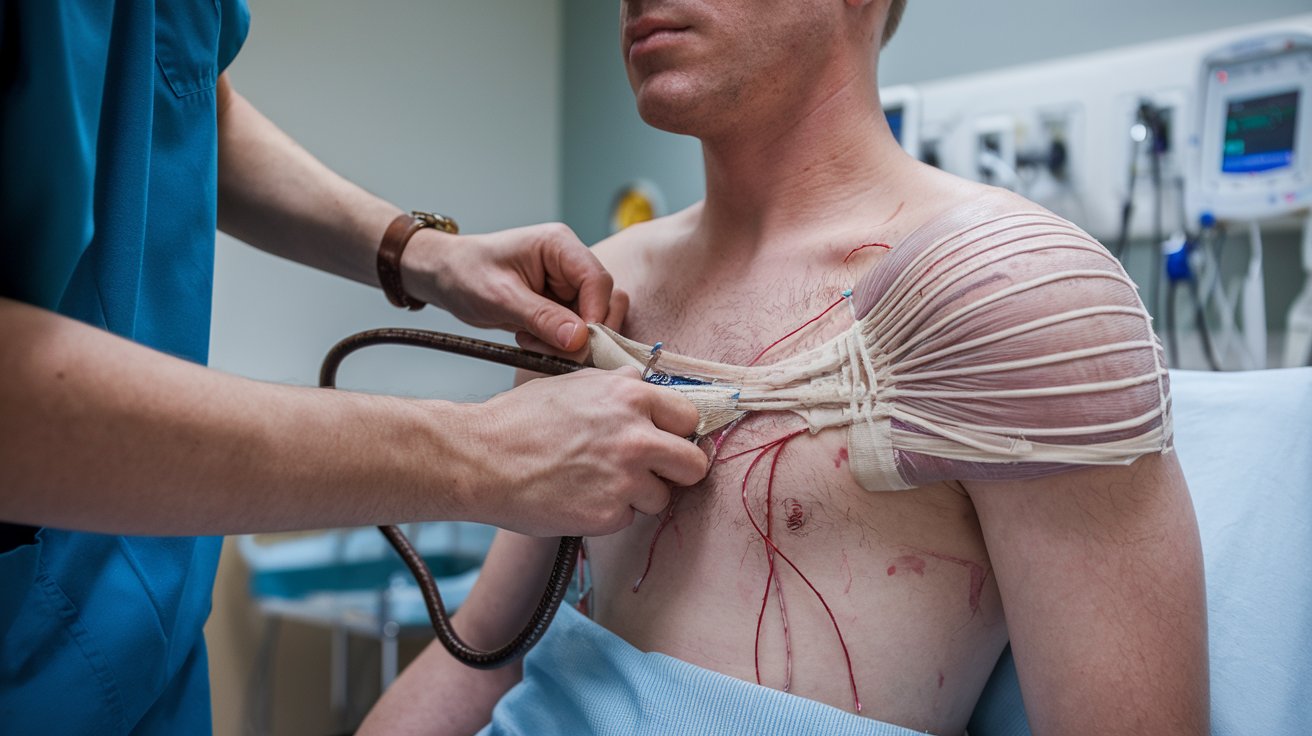
Cell motility is a fascinating process that allows cells to move and navigate through their environment. This movement is crucial for various biological functions, including tissue development, immune responses, and wound healing. But what exactly makes cells move? Cell motility involves a complex interplay of cellular structures, signaling pathways, and energy sources. From the crawling of white blood cells to the migration of cancer cells, understanding this process can provide insights into health and disease. In this blog post, we'll explore 20 intriguing facts about cell motility that highlight its importance and complexity. Get ready to dive into the microscopic world of moving cells!
What is Cell Motility?
Cell motility refers to the ability of cells to move and navigate through their environment. This movement is crucial for various biological processes, including development, immune responses, and wound healing. Here are some fascinating facts about cell motility.
-
Essential for Development: During embryonic development, cells move to form tissues and organs. Without cell motility, complex organisms wouldn't develop properly.
-
Immune Response: White blood cells move towards infection sites to fight off pathogens. This movement is critical for a functioning immune system.
-
Wound Healing: Cells migrate to wound sites to repair tissue. This process is essential for recovery from injuries.
-
Cancer Metastasis: Cancer cells can move from their original site to other parts of the body. This ability makes cancer particularly dangerous.
Mechanisms of Cell Movement
Cells use various mechanisms to move. These mechanisms involve complex interactions between cellular structures and the environment.
-
Actin Filaments: Actin filaments are part of the cytoskeleton and play a key role in cell movement. They form structures like lamellipodia and filopodia that push the cell forward.
-
Microtubules: These are another component of the cytoskeleton. Microtubules help in cell division and intracellular transport, aiding cell movement.
-
Motor Proteins: Proteins like myosin interact with actin filaments to generate force, propelling the cell.
-
Chemotaxis: Cells move in response to chemical signals. This process helps cells navigate towards nutrients or away from harmful substances.
Types of Cell Movement
Different cells exhibit various types of movement, each suited to their specific functions.
-
Amoeboid Movement: Seen in amoebas and some white blood cells, this type involves the cell changing shape to move.
-
Ciliary Movement: Cells with cilia, like those in the respiratory tract, use these hair-like structures to move or to move substances over their surface.
-
Flagellar Movement: Sperm cells use a whip-like tail called a flagellum to swim towards the egg.
-
Gliding Movement: Some bacteria and protozoa exhibit gliding movement, which doesn't involve flagella or cilia.
Factors Influencing Cell Motility
Several factors can affect how and where cells move.
-
Substrate Stiffness: The stiffness of the surface on which a cell moves can influence its speed and direction.
-
Cell Adhesion: Cells adhere to surfaces using proteins like integrins. The strength of this adhesion affects movement.
-
Extracellular Matrix: The composition of the extracellular matrix can either facilitate or hinder cell movement.
-
Temperature: Higher temperatures generally increase cell motility, while lower temperatures slow it down.
Research and Applications
Understanding cell motility has led to significant advancements in medicine and biology.
-
Drug Development: Researchers are developing drugs that can inhibit cancer cell movement, potentially preventing metastasis.
-
Tissue Engineering: Knowledge of cell motility is used to create artificial tissues and organs.
-
Regenerative Medicine: Stimulating cell movement can enhance tissue repair and regeneration.
-
Diagnostics: Analyzing cell motility can help diagnose diseases, including cancer and immune disorders.
The Fascinating World of Cell Movement
Cell motility is a mind-blowing process that keeps life ticking. From amoebas to human cells, movement is crucial for survival, growth, and healing. Cells use cytoskeletons and motor proteins to navigate their environment, responding to signals and adapting to changes. This dynamic dance ensures proper function and development.
Understanding cell motility helps in medical research, especially in cancer treatment and wound healing. Scientists study how cells move to develop therapies that can inhibit or promote movement as needed. This knowledge also aids in understanding diseases where cell movement goes awry.
In short, cell motility is a cornerstone of biology. It’s a field that continues to reveal new insights, showing just how intricate and adaptable life can be. Keep an eye on this area of research—it’s bound to bring more exciting discoveries.
Was this page helpful?
Our commitment to delivering trustworthy and engaging content is at the heart of what we do. Each fact on our site is contributed by real users like you, bringing a wealth of diverse insights and information. To ensure the highest standards of accuracy and reliability, our dedicated editors meticulously review each submission. This process guarantees that the facts we share are not only fascinating but also credible. Trust in our commitment to quality and authenticity as you explore and learn with us.


